|
I would tell my students, “Before I ask your parents to buy you a band instrument that costs hundreds of dollars, I’m going to see how you do with a $3.00 recorder. Then, and only then, will I determine which parents I’m going recommend to invest in an expensive instrument for their kid."
At this point I have their attention. “After all, if you don’t respect or practice on a $3.00 instrument, why would I expect you to respect or practice on a $300.00 instrument?” Make sure you’ve checked out the exercises found in “The Songwriter’s Notebook: “Keep Your Pencil Moving” Explained – Part One”
So far, you’ve taken source material, as in an existing classic melody, and have developed speed, accuracy, and legibility in copying it onto a blank sheet of paper while humming or scatting the melody as you wrote the notes. This process should have been completed five times with at least a half dozen song. That would mean you have done this exercise at least thirty times, a sizable investment of time and energy. As you look at the songs you’ve copied, did you see any common threads among them, like similar tessituras, repetitive rhythms, or melodic sequencing? How many chords are used in each song? Primarily Is, IVs, V7s, iis, vis, and a few secondary dominants, I bet. The truth is you don’t need a lot of fancy chords to write a song. Now that you have copied these six songs five times each, it’s time to give your hand and pencil a break. It’s time to play and sing your six songs while playing either the piano or guitar. Don’t worry if you don’t perform on either of those instruments. This exercise is for your own education, not the pleasure of any audience. You don’t need the lyrics for the songs. You’ll just be scatting “la”s or “dooo”s. Do what you would do if you were sing the song to a group of elementary kids: play an intro by establishing a vamp/groove over the first chord that leads into you scatting the melody. No matter how familiar you are with the song or the chords, FOLLOW THE COPY YOU WROTE OUT. Look at each note as you sing it. It may feel odd when you start singing because when you were writing out the melody, unless you have perfect pitch, you were picking a random starting pitch and singing the melody with relative pitch. Don’t follow the original source material. It is crucial that you build muscle memory by connecting the visual of the notes with the vocal sensations you feel as you sing a melody that rises or falls. Don’t worry if your vocal range doesn’t perfectly fit with the range of the song. Learning what you can sing is not nearly as important as learning what you can’t sing. After you’ve sung your first song looking at your copy of manuscript, take a break and write out a two-octave C major scale on manuscript. Figure out exactly what is the top and bottom of your range. Is it somewhere around a major ninth? If so, you’re in good shape: many songs have a range of an octave, ninth, or tenth. If it’s more, more power to you! If it’s less, don’t worry. It just means that until you expand your vocal range, your melodies will have a more compact range. You might be asking, “I’m a pretty good pianist. Can I just play the melody and chord accompaniment without singing the melody?” No. At their most primal essence, songs and melodies are an extension of our voice. They are a form of elevated speech. Given that all technique on instruments have their roots in emulating the human voice, it’s crucial that you keep the melody where a songwriter wants it: namely, in your voice. You also might be saying “OK, Holmes, you premise was ’Wanna write music? Don’t stop moving the pencil!” Yes, and I’m approaching it in a multi-step fashion where skills acquired are the foundation for skills to be learned. Crawl, walk, run, right? We’ll be taking it to the next level in “The Songwriter’s Notebook: “Keep Your Hand Moving” Explained – Part Three”. Before we get there, I am betting that some of you are experimenting with your own melodies and chords. Fantastic! Experiment all you want while you are progressing those these skills. See you in Part Three. Show me the top third grade recorder players and I’ll show you the nucleus of band for the next four years.
Show me a school where they don’t teach recorder and I’ll show you a fourth grade band program with mediocre momentum out of the gate. I mentioned it in another post that if you want to write music, the best thing to do is to pick up the pencil and start it moving on the blank sheet of paper.
When I write these days, I rarely use an instrument at first. I just write what’s in my head. I put the pencil on the paper and move it. How did I arrive at this point? A little backstory: As a college freshman ear training student, I noticed huge obstacle many of my classmates struggled with: using a pencil to transcribe dictations. They had used pencils for years for traditianl writing of words but the act of using a pencil to draw/write notes slowed them down. By the time I had gotten to college, I had written out full band parts for at least two-dozen jazz band charts, some arranged by others, some that I had arranged. I had spent countless hours doing what I am going to outline to you in a few minutes and my hand was an “old hand” at writing music. If you've never done this you should give it a try. There is a real easy exercise that will first focus on your hand and later, on your brain. I did it a lot as a kid. I would take a song that I knew and simply write it out. Sounds simply silly, right? The idea is to break the idea of composing on a piece of manuscript into the two crucial skills of writing music with a pencil quickly and hearing music in your head. It’s taking the raw skills presented in a typical ear training course to practical conclusions. We first focus on the skill of writing music quickly on a piece of manuscript paper. You’ll need a few supplies starting with a lot of sharp pencils, a pencil sharpener, and cheap manuscript paper. Blackwing pencils are a tad expensive but what I use when writing notes or words. There’re the best in my opinion. Once you go Blackwing, you’ll never want to use another pencil. As far as manuscript goes, I made my own by finding a sheet with decent spacing between the staves, slightly enlarging the original it to take advantage of smaller margins, adding “Holmes Music” logo with a web address in the lower right corner, printing on both sides, and three-hole punching it on both sides for convenience for potentially putting it in a three-ring binder. A few years ago, I basically did the same thing by creating a sheet in “Sibelius” so I can print them at home or do bulk two-sided at a place like Staples. Sit at a table, desk, or piano. Take a song like “You Are My Sunshine”. If you're familiar with the melody, just start writing it down note by note and singing or humming the notes without lyrics, just scatting sounds. Every once in a while, stop and sing what you written, pointing at the notes with the tip of your pencil as you sing. If you don't know or can't sing the melody to “You Are My Sunshine”, get a copy of “Get America Singing... Again! Vol. 1” at Amazon. You can use that as your source material. Your source material MUST be the best of the best melodies that society has decided to sing over and over again. Don’t work with obscure material. Stick to the hits that you will find in “Get America Singing... Again! Vol. 1”. Pro tip: just buy the book and open the hood, and examine the engine of every song, finding the commonalities among these timeless melodies. It’s an education in itself. Sit at your table with source material to your left, your blank sheets to your right, and one blank sheet directly in front of you. Copy a single melody onto your blank piece of paper while you're humming the notes as you write them. Don’t worry about chord symbols for right now. You don’t have to have a reference pitch ot perfect pitch when you sing what you have written. Just use good relative pitch. If you make a mistake with the pencil, DO NOT erase. At this stage of the game, erasing mistakes is bad appropriation of your time. Make your manuscript look “normal” and legible. Include a clef, key signature, and time signature – all on the first staff. You don’t need clefs on the successive staves. Use a fairly loose grip on your pencil or your you’ll experience fatigue sooner than later. Don’t cramp the notes. Give them space. If you are looking at source material, look at the space ratio between notes on the printed page in and try to emulate that in what you write. Keep in mind that what you copy has to be legible not to you but to another musician. Try to fit four measures to a staff and, if possible, keep that uniform look on each staff. At this stage of the game, erasing mistakes is bad appropriation of your time. We want the tip of the pencil moving, not the eraser. Simply start over by flipping your paper up-side down or turning it over to the other side. Focus on the melody and the sound of your voice. Yes, the song is going to sound slow. As you develop speed with your pencil, your singing will pick up tempo, too. Once you’ve added that skinny/thick double bar line after the last measure, don’t take a break, go to Wawa, throw yourself a ticker-tape parade, or flip the wash. Smile, stay in your chair, give yourself a pat on the back, analyze your work, identify the weakest element of your manuscript so you can improve upon that, and do the process with the same melody all over again on another sheet of paper. See if you can do it five times. The idea is not just being able to do it five times but to get better each successive time on your road to your fifth attempt. Your goal is to be faster and more legible. After your first ten, start adding the chord symbols over each measure after you complete the notes for that measure. Congratulations! You’ve got your pencil moving and given your brain a break to focus on the physical motor act of engaging a pencil on manuscript. Those who have never done this exercise might think this is a silly thing to do, but what will happen is your hand will get into the habit of actually moving and writing notes rapidly one after another as you associate a pitch with what you're writing. It's a deceptively simple idea but it will get your hand moving. The more times you do this with different songs, the more your hand will singing pitch will correlate with what melodies look and sound like. Sure, this is a sizable investment in time. But I believe it pays off. We’ll take on composing with a pencil in “The Songwriter’s Notebook: “Keep Your Pencil Moving” Explained – Part Two |
AuthorBoyd Holmes, the Writer Archives
June 2025
Categories |


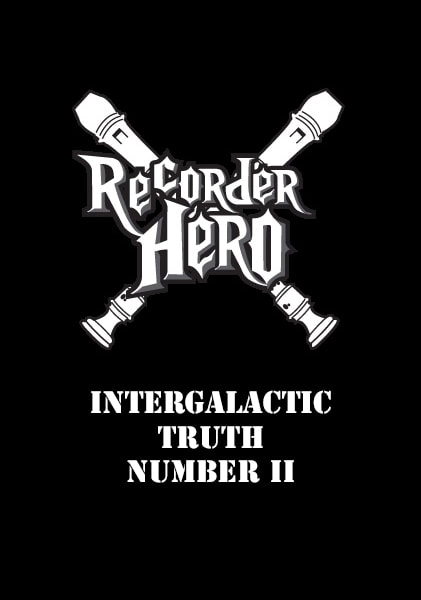
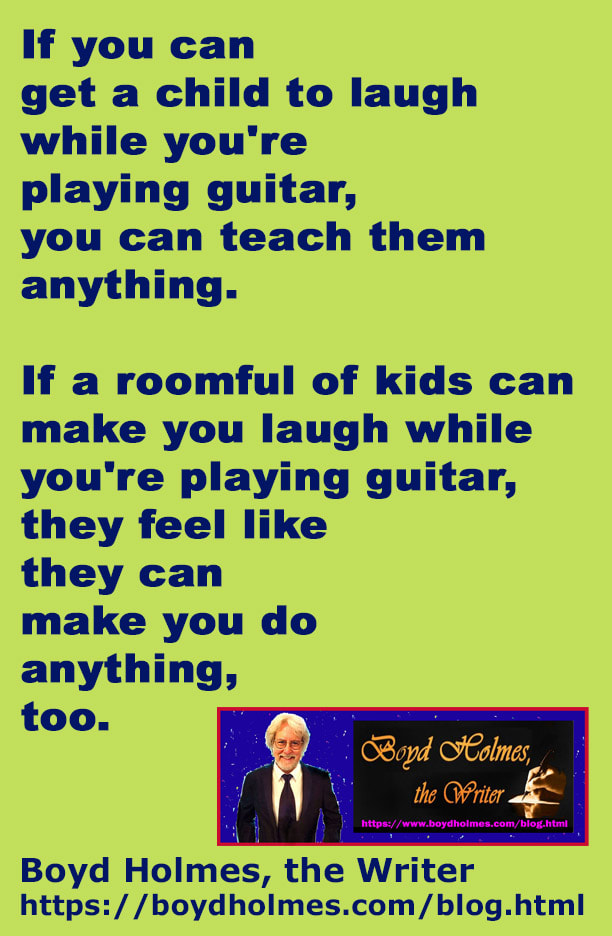
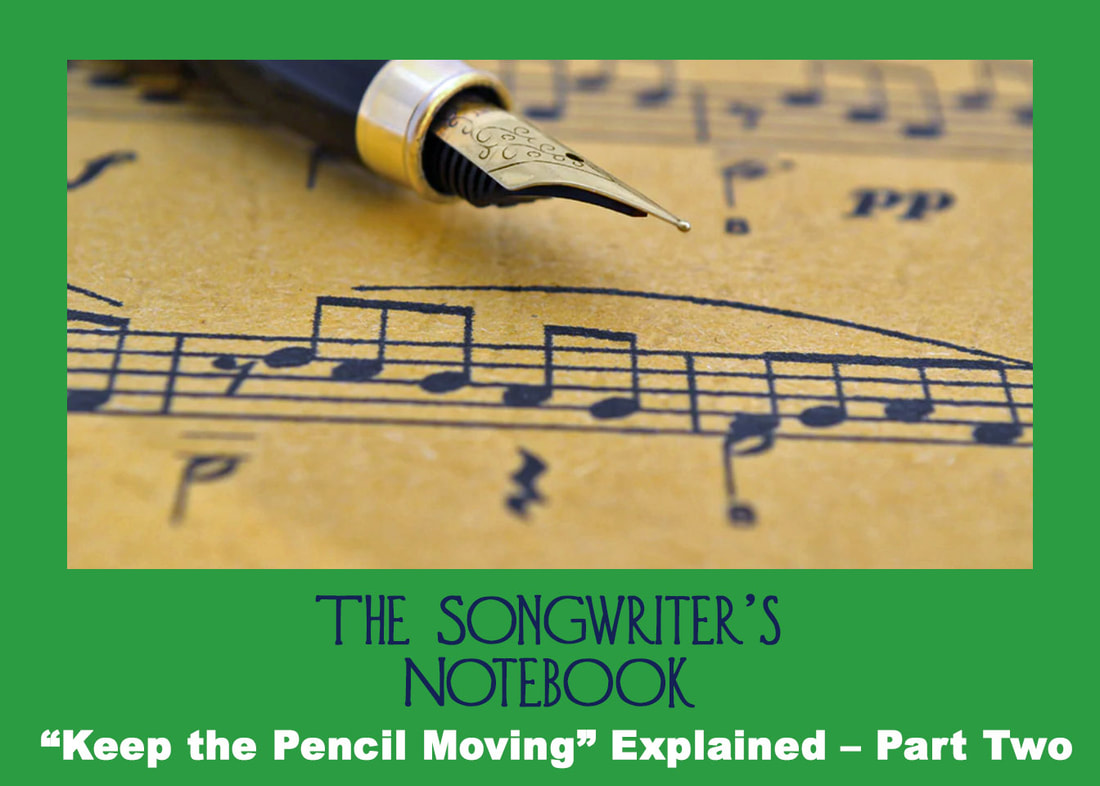
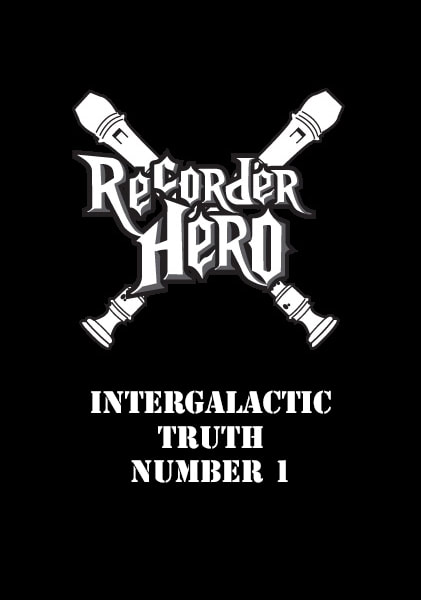
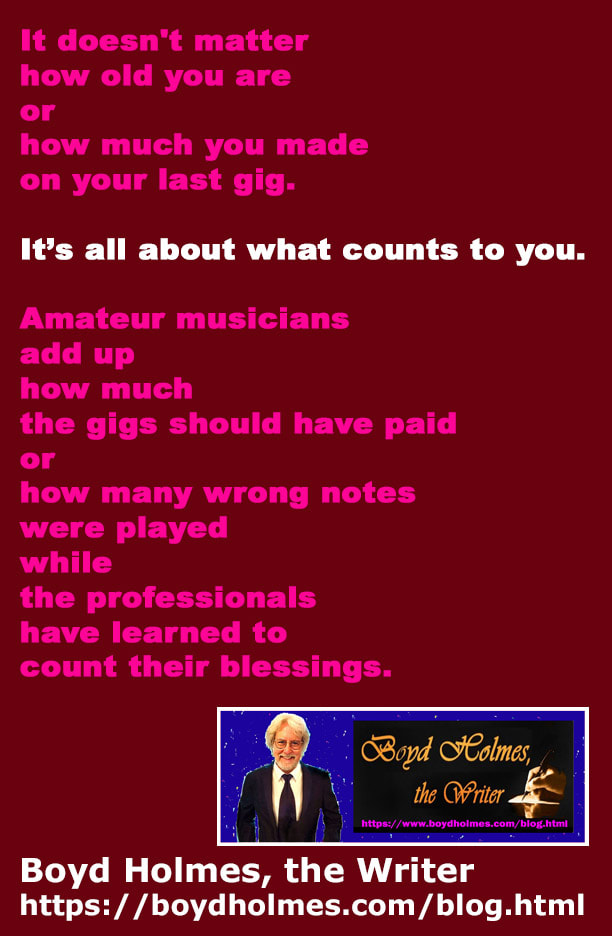
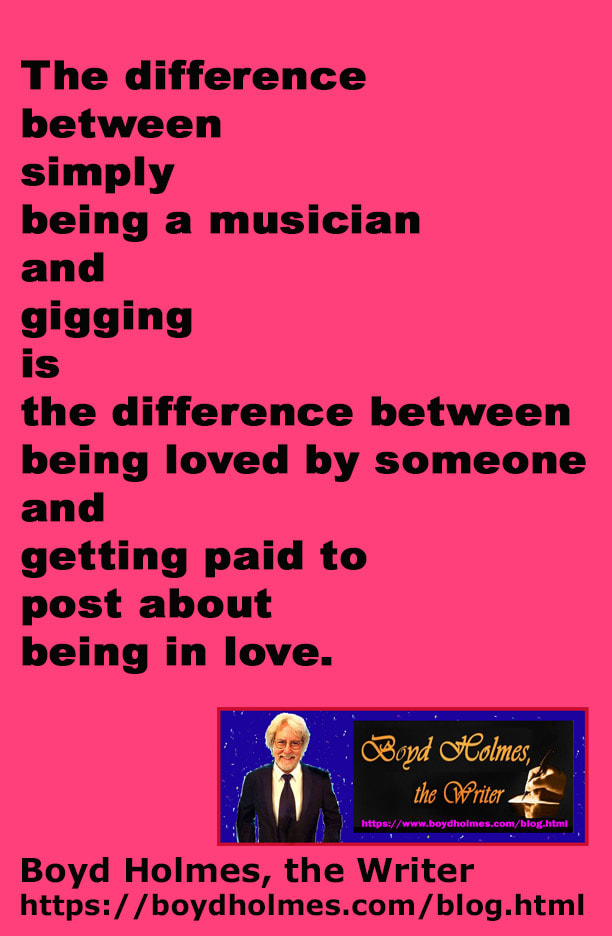
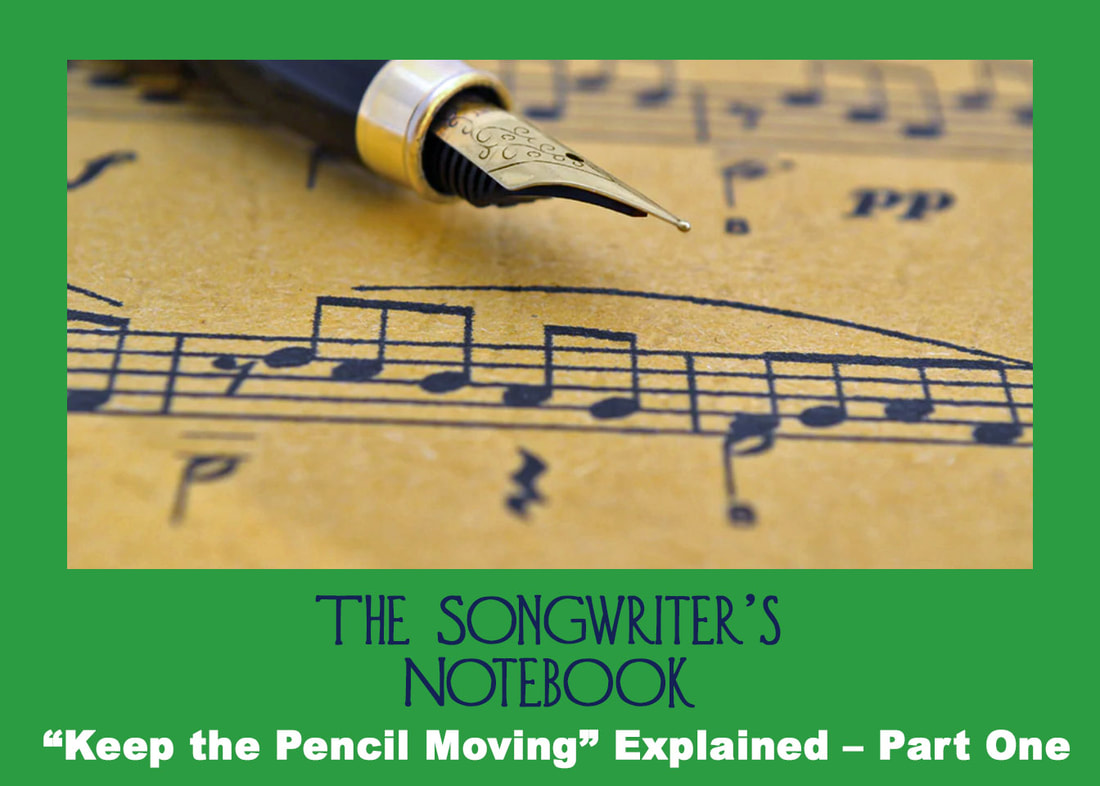
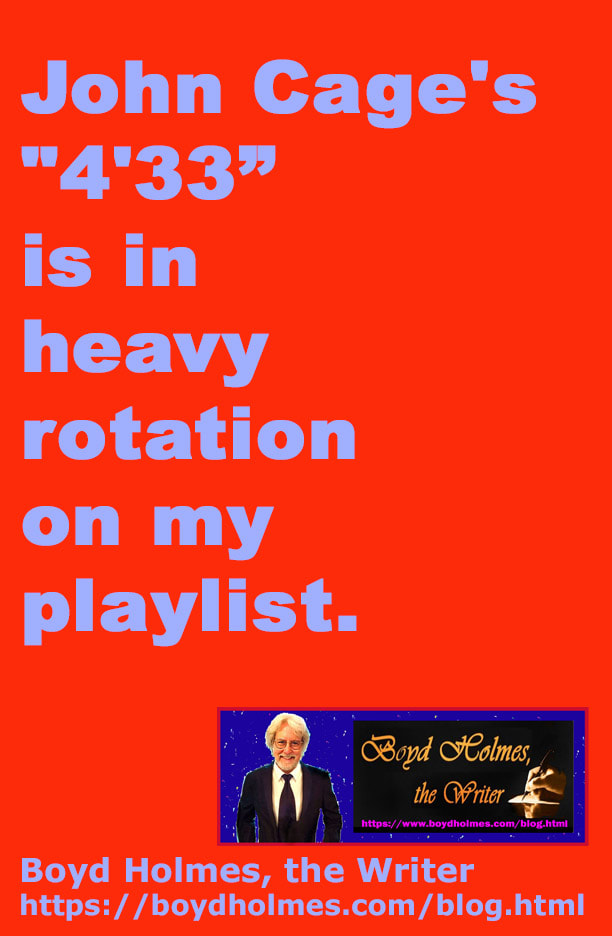
 RSS Feed
RSS Feed